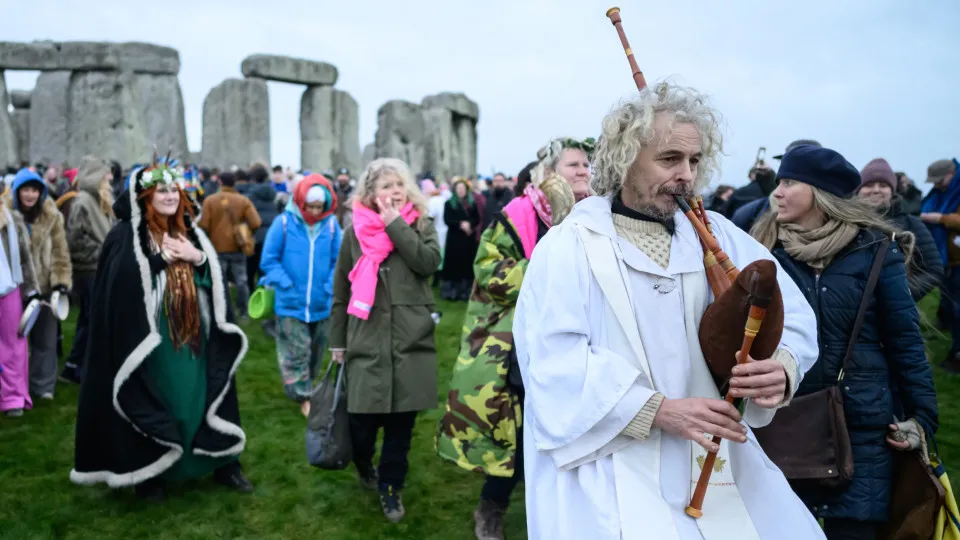As the days get darker and the weather cools, we approach the winter solstice in the Northern Hemisphere. Traditionally, this natural occurrence marks a transition point: the Earth will begin its tilt away from the Tropic of Capricorn, ushering in brighter days over the coming months. And in terms of the seasons, winter is just starting. Indeed, it's no accident that several countries and regions celebrate festivals that coincide with the winter solstice.
Intrigued? Click on to learn more about the winter solstice and its traditions around the world.



